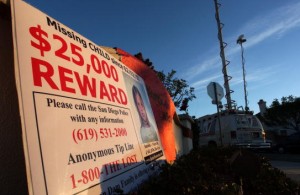One reason why some parts of D.C. have such high jobless rates is that many of the unemployed lack the skills and credentials to qualify for D.C.’s jobs. While most available jobs require a bachelor’s degree, 21 percent of people living in Ward 8 haven’t even completed high school.
Dropping out of high school has far-reaching effects on one’s life, family and community. WAMU 88.5′s Kavitha Cardoza reports on why people leave school in her examination of D.C.’s dropout crisis. In her first installment, she profiles a family with a history of dropping out:
The causes and consequences of dropping out are often intertwined. Low-income students are more likely to drop out, which means they can’t get jobs that pay well and continue lives of poverty.
Four generations of Walker’s and McMillan’s family haven’t graduated from high school. They have many of the risk factors for dropping out, including learning disabilities, teen pregnancy, and drug abuse. And it’s not clear whether or how the cycle could be broken.
The story, which you can read here, is the first of a nine-part series.












